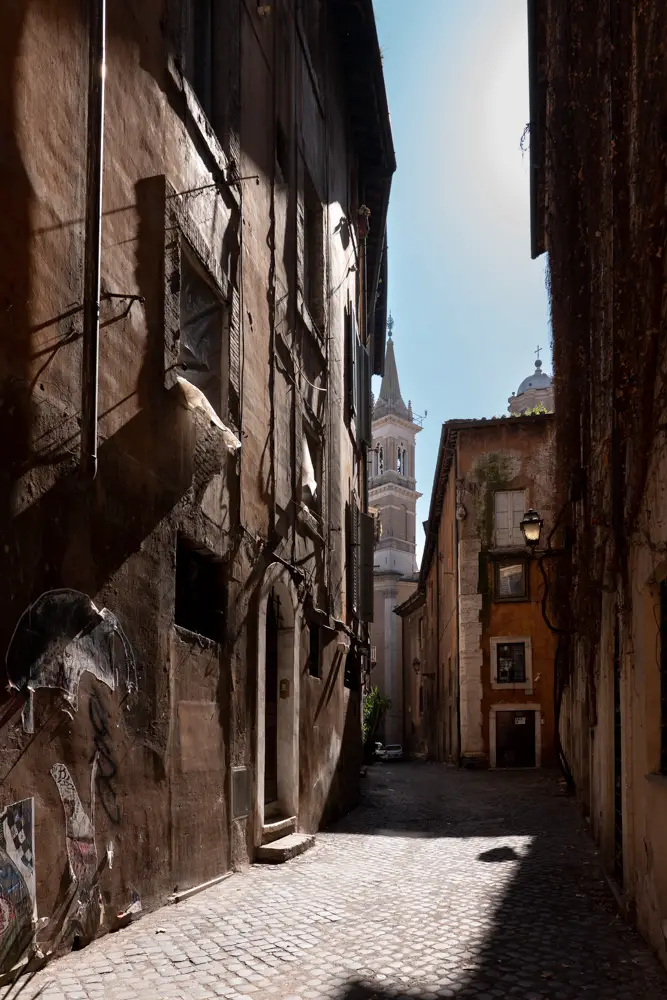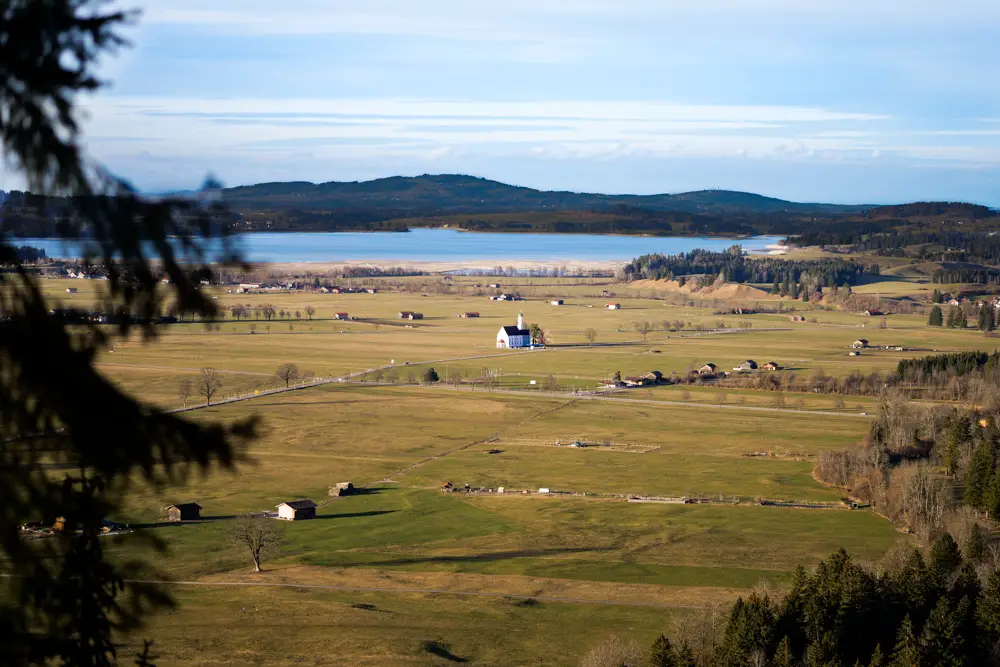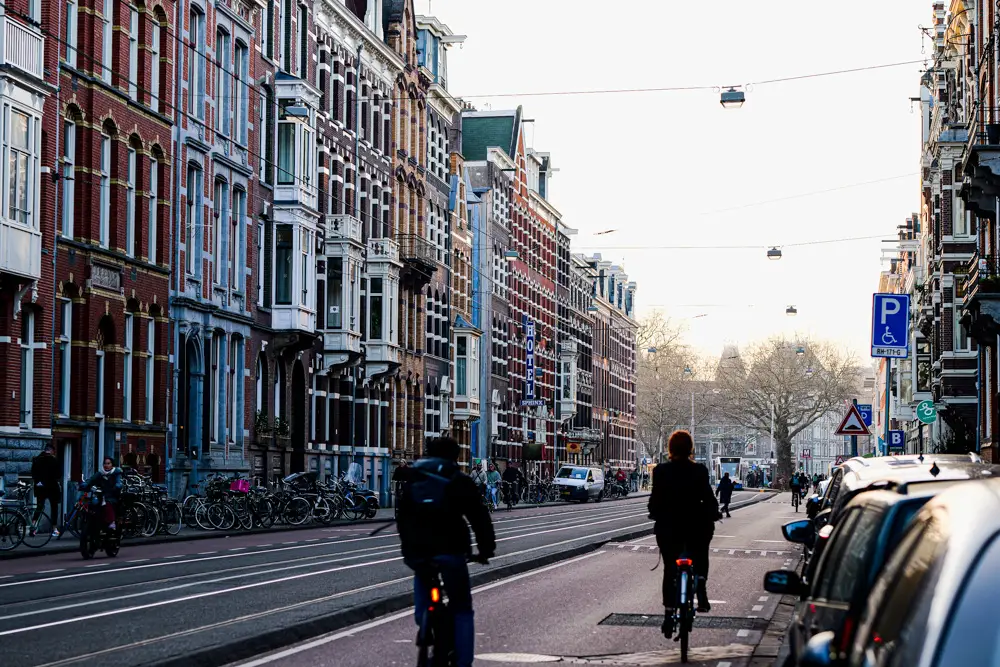Backpacking tips for Beginners
Backpacking for beginners or experienced travelers can be an intimidating thing to execute no matter how much travel you have under your belt. Whether you’re preparing for your first backpacking trip or your tenth, it can be overwhelming on where to start. How do you begin to plan months or even years into one bag? I took 6 months to plan my year long backpacking trip – 2 months of day dreaming and 4 months of proper execution and planning. With traveling adventures through 13 countries in 3 continents within 4 short months, I have learned what works and what doesn’t and I’m here to share any and all first time backpacking tips. This guide will help you navigate backpacking essentials, traveling on a budget, and planning your journey.

Backpacking Essentials: A Guide to Packing
As you start to plan your trip, one of the first things to start considering is what will be on your backpacking checklist? Being a beginner backpacker, it can be daunting to figure out which backpack you need, what clothes to pack, and what backpacking accessories you may want. All of these questions play into each other, so as you figure out one thing, you’ll start to discover what you need for other areas, such as if you need all winter gear or to pack for 4 different seasons. What you bring will also depend on personal preference – for me, bringing my Kindle was a must while the Nintendo Switch was Patrick’s nonnegotiable. While these seem like small items, every bit of space and weight matters when it comes to your backpacking essentials. And if you’re anything like us, paring down your packing list to true essentials will happen in the last 48 hours before departure and the following two weeks into your trip when you realize you’ve overpacked.
Investing in a Backpacking Backpack
One of the biggest things I will firmly standby is that it is 100% worth spending the money on a good backpacking backpack. Truly. Imagine functioning off of little sleep, a growling stomach, and a 1.50 euro Italian espresso – the last thing you want is a 50lb pack digging into your back as you walk through cobblestone streets. Coming from the United States, I was ever so fortunate to have REI at my disposal to help me find the perfect backpacking backpack that was fit for my size and travel needs. For those just dipping their toes in which backpack to invest in, I recommend reading REI’s article on “How to Choose a Backpack.”
I ended up choosing the Osprey Aura AG 50, of which REI personally fit to my measurements (for free!). I purchased the women’s version and Patrick got the identical male version. We chose a 50L pack to have sufficient space, but also so we didn’t overpack. Keeping the weight consistently below 50lbs was imperative as we traveled throughout airports. I believe the Osprey Aura AG 50 is one of the best backpacking backpacks as it is ergonomically dynamic, has countless pockets for storage, and thoughtful features for easy accessibility.
What to Bring: A Backpacking Checklist

No matter what you’re thinking, you’ve probably already packed too much. It’s surprising to realize how little clothing you need once you get going. A challenging part for our travels is that we faced every climate in a short span of time, meaning we needed clothing for skiing in the Italian Alps and then swimming on a Portuguese island a week later. I’ll be sharing an in depth Backpacking Checklist in another article, but in general, I’d approach packing by thinking in one week terms. Here’s my high-level suggestion for your Backpacking List:
- 5-7 shirts (short sleeve, long-sleeve, and sleeveless – remember, layers!)
- 2-3 pants (jeans and active, versatile pants)
- 1-2 shorts
- 10-12 underwear (you can NEVER have too many)
- 7-10 socks
- 2-3 sports bras
- 1 jacket
- 1 Hiking boots
- 1 Flip flops (key for showering in foreign places!)
- 1 swimsuit
Just remember – less is more! We shed so many clothes along the way and bought what we needed when it was affordable. What seems like so little before you leave will quickly become extra weight as you’re trekking through countries.
What are other Backpacking accessories I may need?
There is an endless amount of backpacking gear and accessories, so what is actually useful? We definitely bought gear that we still haven’t touched, but we also thank our lucky stars for a few key items that we purchased.
The Osprey Airporter was one of the best accessories we bought for our backpack. Not only does it protect the bag through the airport, but you can also pack more into it if needed. We always felt more confident checking our bags in these as we knew our backpacks wouldn’t be damaged or be tampered with.
Obviously, as we traveled it was important to always have my camera accessible on the trip. I stumbled upon the WANDRD 6L Rouge Sling early in our travels in London, England and I will rave about this bag to the end. I take it with me everywhere and it’s compact yet can carry SO much. One (long) day hike in Portugal I fit my camera, GoPro, a large water bottle, my trekking poles, and tied my jacket all to this small crossbody. It’s larger than most personal crossbody bags, but serves as the perfect camera bag or small daypack.
We also have to tip our hats to Apple Air Tags. Slipping these into our backpacks made them easily trackable as we were constantly moving. Considering our bags were lost on our very first flight of the trip, we found these invaluable as we were able to identify that our bags were most definitely in another country.
“Half the thrill about backpacking is having the freedom to explore the world spontaneously.”
If you’re on the fence about purchasing trekking poles, I’d recommend pulling the plug and getting them. If you’re backpacking, you likely have a hike or ten planned along the way. National parks all over the world from Europe, throughout the North and South America, and in Asia have significant investments in preserving the parks and trails for visitors. Most national parks will have set trails, but hiking poles can be extremely useful on both simple and challenging hikes. I chose the Leki Cressida FX Carbon trekking poles and they’ve been perfect throughout multiple terrains. The Osprey backpack even has holders just for the poles as well!
Lastly, this INIU Portable Charger saved us almost everyday. It’s lightweight compared to many other charging packs and can charge multiple devices with 2 USB ports and 1 USB-C port. It lasted multiple charges from phones, cameras, and even our laptop!
Tips on Budgeting for Travel
Okay, so you’re ready to take off, but how do you travel the world on a budget? This can be tricky and will vary person to person depending on what they’re comfortable with, how much they have saved, and how long they plan to travel. You don’t need to be financially savvy to create a budget for your trip either. Coming from an accounting background, I planned out a rather detailed budget, but my overall approach was quite simple: how long are you going for and how much do you have saved? This will help you determine your daily budget and from there, you can adjust as needed for your travel budget plan.

For example, if you are traveling for six months and have $15,000 saved, you’ll have a a daily travel budget of $83/day ($15,000/180 days). This is a good starting point to determine how much you can spend each day, where you can afford to visit, and if you need to save more. Remember, this daily cost will need to cover accommodation, food, sightseeing, and other less thought of costs such as visas, travel insurance, SIM cards, etc.
Once you’ve determined a baseline for your travel budget plan, you can move costs around as needed. For instance, if you’re traveling to London, your daily budget will likely need to be higher than if you’re in Croatia. Therefore, you can plan accordingly and potentially allocate $100/day to your time in London and only $66/day to Croatia. Understanding the cost of each place you’re visiting is super important in budgeting for travel so that you aren’t blindsided by high costs.
It is also extremely beneficial to take advantage of travel credit cards, membership perks, discounted flights, and free walking tours. Consistently booking on certain sites, such as Booking.com, results in travel rewards and perks for discounted hotels and flights or free upgrades. Depending on your credit card, you can also receive cash back, airline points, and access to airport lounges. I will caution that while credit cards are beneficial, it’s important to stick to the daily budget so that spending doesn’t get out of hand!
Itinerary Plan: Planning Your Journey

Ah, now for the fun stuff: creating an itinerary plan for your trip! Go ahead, pull up Google Maps and start saving your favorite places you want to visit. We made the bold decision to essentially be around the world backpackers, which means we had to map an itinerary from the US, through Europe, and stretching through Asia. One of my best pieces of advice is to give yourself at least 3-4 nights in each place you visit. This will allow you to truly be able to explore and appreciate the places you’re visiting and will help you from getting burnt out, tired, and sick. Patrick and I learned this about two weeks into our trip and it improved our travels significantly moving forward.
Additionally, it’s absolutely wonderful to not plan out everything. Half the thrill about backpacking is having the freedom to explore the world spontaneously. This was definitely an adjustment coming from my Type-A personality, but I found it to be one of the most freeing experiences to be able to jump on a train on the whim to visit somewhere new. As you look at your map, find key places that are a “Must See” and add a week or so buffer in between destination A and B. This will allow you the freedom to extend your stay where you’re at, try somewhere new that you may have heard about, or head to Destination B early if you’re itching to get there. Regardless, I’ve found the best itinerary to be a light guide pushing you in the right direction and keeping you on course. Yes, you have a hotel booked in Italy in a week, but who’s stopping you from grabbing a beer in Germany and seeing the Bavarian Alps along the way? While there is solace in set travel plans, I grew to love that planning your journey should be ever-evolving as you go.
Conclusion
Whether you’re just preparing for your backpacking trip or you’re still in the daydreaming phase, I hope these backpacking tips have helped you take a step in the right direction. As you begin your planning, don’t forget the importance of investing in a good backpack and backpacking accessories, less is more when it comes to clothes, budgeting for travel doesn’t have to be daunting, and the best itinerary is one with flexibility. For more tips and insights into our backpacking journey, please subscribe to our email list and comment with your feedback! We’re so excited to be sharing with you all.


Thank you for sharing all of your insights and experiences. I really appreciated that when you recommended a product, i was able to click on it and it went straight to it. It’s kind of like the Christmas lists I get from my kids! Very helpful.
I will definitely be following you so keep on adventuring and writing!